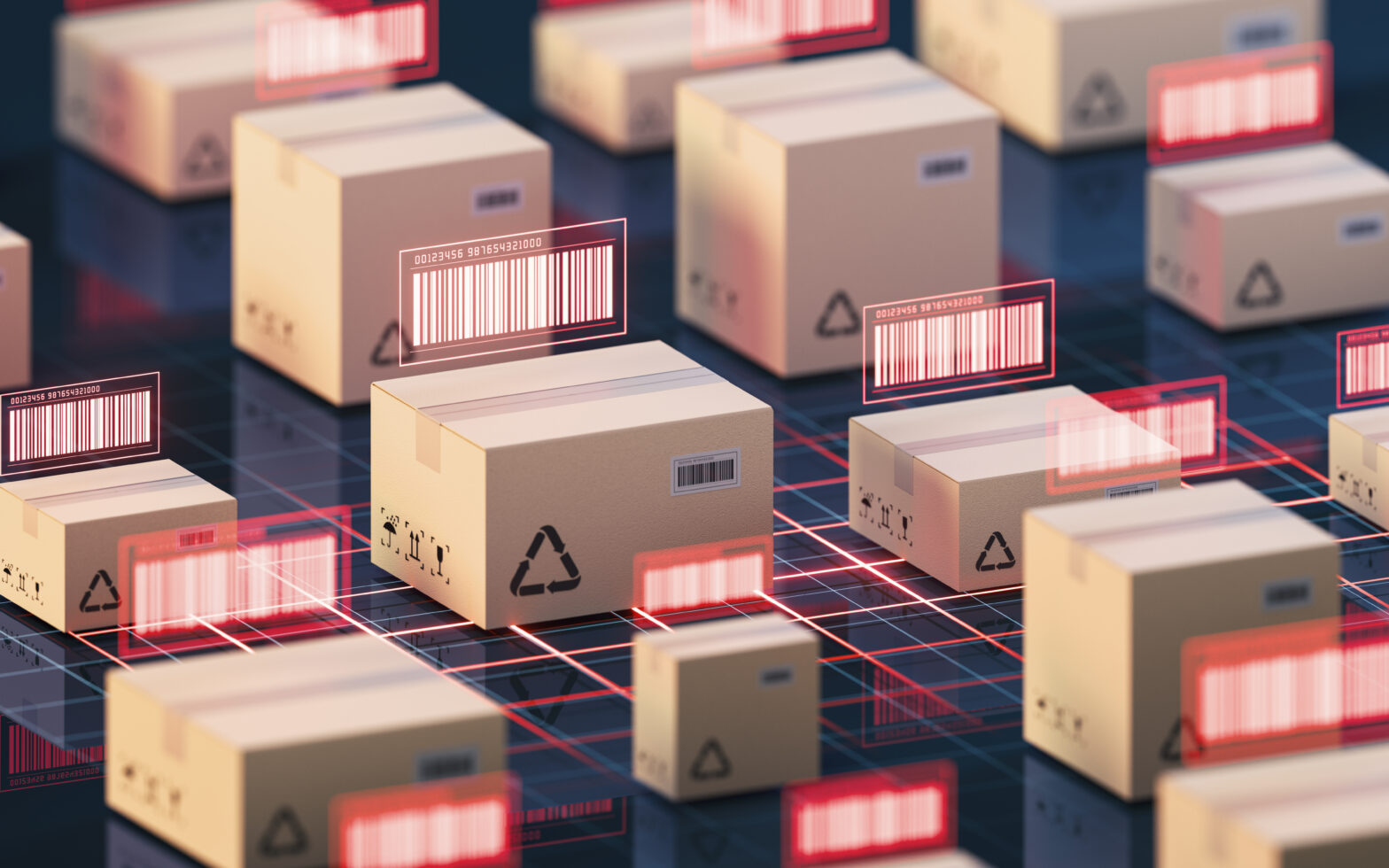From October 1, the EU will start the transition to the Carbon Border Adjustment Mechanism (CBAM) on certain imports.
Coming in as the world’s first ‘carbon border tax’, CBAM will initially apply to the following imported goods:
- Cement
- Iron and steel
- Aluminium
- Fertilisers
- Electricity
- Hydrogen
These goods have high emission levels and a higher risk of carbon leakage – this is where businesses transfer operations to another part of the world with weaker carbon emission regulations. The aim is to encourage manufacturers to make their products as green as possible.
Most of the guidance at present is geared towards EU companies importing goods as they’ll be taking on the reporting. This guidance aims to ‘facilitate dialogue with third countries’. However, third countries – including the UK – will need to provide emissions data to these companies, so they’ll be a key part of the process too. The following comes from a European Commission Memo:
Non-EU producers should provide the information on embedded emissions for goods subject to CBAM to the EU-registered importers of their goods. In cases where this information is not available at the time when the goods are being imported, EU importers will be able to use default values (even once the definitive system has kicked in) on CO2 emissions for each product to determine the number of certificates they need to purchase.
In addition, production sites outside the EU will have the possibility to register in the EU
central database to communicate their emissions reports. This should facilitate compliance for any importer of CBAM goods produced in these sites.
As a manufacturer, make sure you know which of the above products you supply to EU businesses as a starting point. For extra clarification, it’ll also be worth having a chat with them.
The transition will start from October 1, 2023, rolling-out from 2026. Several countries, including Canada and Japan, are planning their own versions of CBAM.
Most UK SMEs unaware of the CBAM changes
A survey from the British Chambers of Commerce (BCC) showed that 80 per cent of its 733 SME respondents weren’t aware of the upcoming reporting rules.
Commenting on the research, William Bain, head of trade policy at the BCC, said: “It is a serious worry that more than four out of five manufacturers who export have no knowledge of the EU’s new Carbon Border Adjustment Mechanism, which begins roll out in just over three weeks’ time.
“It is just the start of a series of changes, that will gradually ratchet up over the next three years.
“This is a very complex set of rules, the EU’s published guidance runs to more than 200 pages. It is likely manufacturers that export will have to think about allocating dedicated staff resources just to deal with these reporting requirements.”
He added that the BCC and Chambers will be pulling together as much information as possible to help businesses understand the changes.
Read more on exporting
Exporting goods abroad: A complete guide for small businesses – In this article, we present the main considerations for a business looking to break into international markets – and look at two businesses that found success in exporting
5 things to remember when exporting for the first time – Micro businesses are put off exporting, despite knowing there is an overseas market for their products. Mike Wilson offers a guide to exporting for the first time
Exporting: why no business is too small to send goods overseas – More UK companies are exporting than ever, but it shouldn’t be limited to big business, according to Geoff Runcie of Morgan Goodwin





